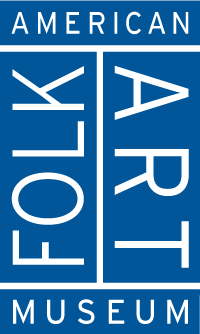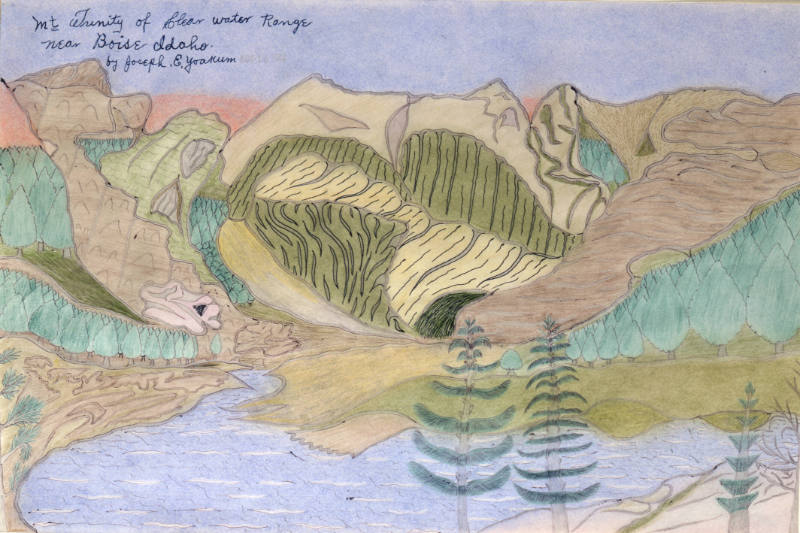Record Details
Mt. Trinity of Clear Water
Artist
Joseph E. Yoakum
((1891–1972))
Daten.d.
Place/RegionChicago, Illinois, United States
MediumBallpoint, pencil, colored pencil on paper
DimensionsSheet: 12 x 18 "
Frame Dimension: 19 x 25 x 1 "
Frame Dimension: 19 x 25 x 1 "
Credit LineBlanchard-Hill Collection, gift of M. Anne Hill and Edward V. Blanchard, Jr.
Accession number1998.10.66
CopyrightCopyright for this work is under review.
DescriptionObject information is a work in progress and may be updated with new research. Records are reviewed and revised, and the American Folk Art Museum welcomes additional information.
To help improve this record, please email photoservices@folkartmuseum.org
Joseph E. Yoakum
1969
2004.5.2
Joseph E. Yoakum
December 4, 1966
1998.10.65














